As Ho Chi Minh City officially operates a two-tier government, the city's tourism industry is shifting from the recovery phase to accelerated development.
Along with that, localities and tourism-travel business communities proactively reposition products and expand geographical corridors to promote regional connectivity, sustainable development, and focus on people and tourists.
Diversify products into new geographic areas
According to the Ho Chi Minh City Department of Tourism, State management of tourism assessment and licensing is being implemented to expand the range of tourist attraction in the new context.
There are currently 3,146 tourist accommodation establishments in the area, of which 134 hotels have been ranked from 1 to 5 stars; the total number of licensed tour guides is 9,237 (including 5,789 international tour guides, 3,372 domestic tour guides and 76 on-site tour guides).
In addition, there are 1,709 businesses qualified to operate tourism, including 1,223 international travel businesses, 391 domestic travel businesses, 76 travel agents and 19 foreign representative offices.
In the first 6 months of 2025, Ho Chi Minh City welcomed over 3.85 million international visitors, an increase of 44% over the same period in 2024, reaching 45.4% of the yearly plan. Domestic tourists reached over 18.3 million, an increase of 7% over the same period and reaching 40.7% of the 2025 plan. Total revenue from tourism in the area reached 117,937 billion VND, an increase of 27.3% over the same period last year, equivalent to 45.4% of the yearly target.
Director of Ho Chi Minh City Department of Tourism Nguyen Thi Anh Hoa informed that up to now, the City is not only a prominent destination for urban, MICE, cultural - culinary tourism, but also possesses the potential to develop sea tourism, luxury resorts, spiritual tourism (in the old Ba Ria-Vung Tau area), as well as industrial, craft village, and ecological tourism (in the old Binh Duong area). These advantages are contributing to enriching the city's tourism products, opening up opportunities to build linked tours with unique experiences in the Southeast region.
"In the new context, the Ho Chi Minh City tourism industry has identified the top priority task as perfecting the organizational structure, integrating data systems, and creating favorable conditions for businesses and tourists. At the same time, researching and developing new tourism products, aiming to reposition the city's tourism brand," Ms. Nguyen Thi Anh Hoa emphasized.
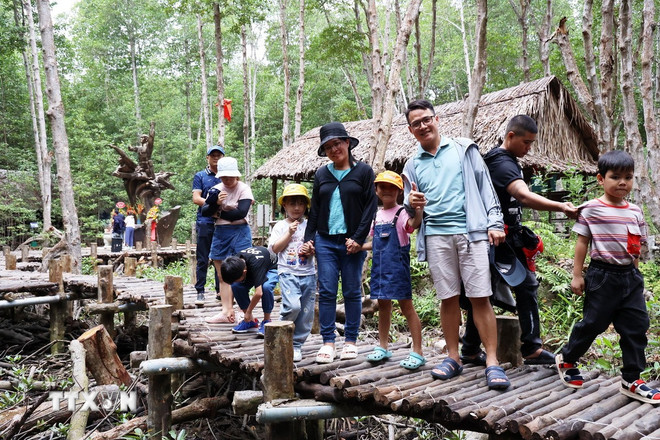
Many experts say that the City currently has advantages in expanding destinations as well as favorable infrastructure conditions. For example, when the first phase of Long Thanh International Airport comes into operation, passenger transport time will be shortened, helping international tourists directly access coastal resorts and ecological destinations without having to go through the city center. Strategic expressways such as Ho Chi Minh City-Thu Dau Mot-Chon Thanh, Ho Chi Minh City-Long Thanh-Dau Giay, Ben Luc-Long Thanh... will create conditions for the tourism and travel business community to expand tours and build new products to serve domestic and foreign tourists.
Leading the international market, activating a series of unique summer experiences
According to an analysis report by the travel platform Agoda, Ho Chi Minh City is the top choice for Chinese tourists and is among the top 5 favorite destinations for Korean tourists. The combination of traditional and modern culture, along with the advantage of a large urban area, has helped the city maintain its position on the international tourism map.
A recent market survey report by Savills Vietnam shows that global tourism continues to recover strongly as the travel demand of people around the world is increasing. Vietnam's tourism industry has also recorded a positive recovery, which is considered to be the result of many factors such as visa relaxation policies, effective marketing strategies from local authorities and proactiveness of businesses.
International tourists are returning to familiar destinations in Vietnam thanks to increasingly improved infrastructure, accommodation facilities and direct flight networks. This is considered an important turning point, reflecting the increasing competitiveness of Vietnamese tourism on the international tourism map, including Ho Chi Minh City.
From a business perspective, Ms. Tran Thi Bao Thu, Marketing and Communications Director of Vietluxtour Travel Joint Stock Company, said that the company had adjusted its business plan early in the third quarter of 2025 to exploit new markets.
In the coming time, Vietluxtour will launch a new set of Vietnam tourism products, both unique in terms of routes and reflecting cultural and historical imprints in the new era of development. The company expects that with its quick adaptation to changes in two-level government, administrative geography and market orientation, it will achieve revenue and visitor growth in the last two quarters of 2025 of about 30% compared to the same period last year.
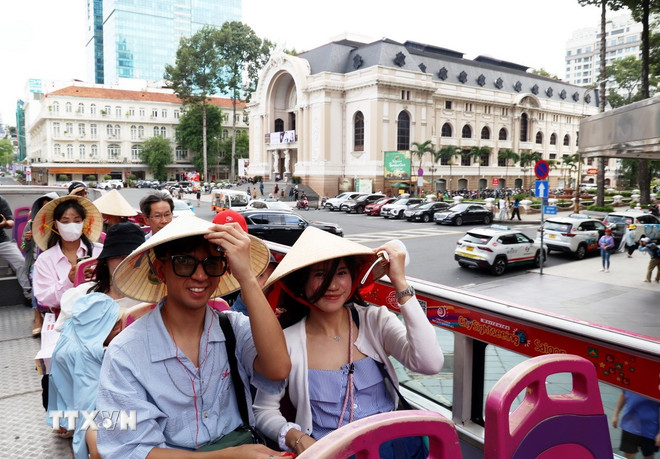
Accompanying the business community, the Ho Chi Minh City tourism industry has officially launched a series of activities to stimulate demand and introduce new tourism products, clearly demonstrating the development orientation associated with local culture and the application of creative technology. In particular, visitors to the City will experience the summer culinary tour series "Find your flavor - Journey to discover the culinary identity of Saigon-Ho Chi Minh City," and the multi-sensory art program "Shining Essence" to honor 50 years of culture of the City.
Dr. Duong Duc Minh, Deputy Director of the Ho Chi Minh City Institute for Economic and Tourism Development Research, said that the city converges many layers of experience - from smart urban, industrial to cultural-spiritual, sea and island and ecological. With abundant potential, the city has many opportunities to develop new tourism products, short-term tours associated with modern transportation and infrastructure systems.
Dr. Duong Duc Minh also proposed to study and build a three-layered tourism route model, including: Cultural-heritage layer; Cultural-industrial layer; and Island-ecological-resort layer. The city can also learn from the experiences of metropolitan models in the world, not following the closed "point-route-tour" path but aiming for an open integrated model, in which areas do not compete but support and resonate to develop together..../.
Source: https://www.vietnamplus.vn/du-lich-thanh-pho-ho-chi-minh-chuyen-tu-phuc-hoi-sang-tang-toc-phat-trien-post1048722.vnp





![[Photo] General Secretary To Lam visits Kieng Sang Kindergarten and the classroom named after Uncle Ho](https://vphoto.vietnam.vn/thumb/1200x675/vietnam/resource/IMAGE/2025/10/09/1760023999336_vna-potal-tong-bi-thu-to-lam-tham-truong-mau-giao-kieng-sang-va-lop-hoc-mang-ten-bac-ho-8328675-277-jpg.webp)

![[Photo] President Luong Cuong attends the 80th Anniversary of the Traditional Day of Vietnamese Lawyers](https://vphoto.vietnam.vn/thumb/1200x675/vietnam/resource/IMAGE/2025/10/09/1760026998213_ndo_br_1-jpg.webp)





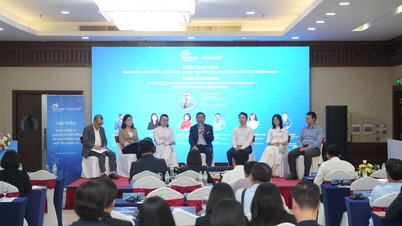

























































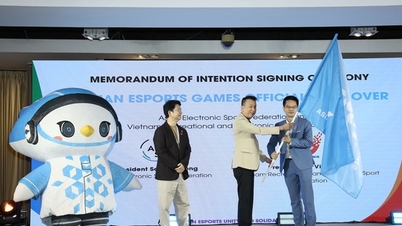













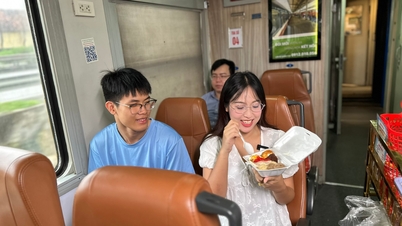
















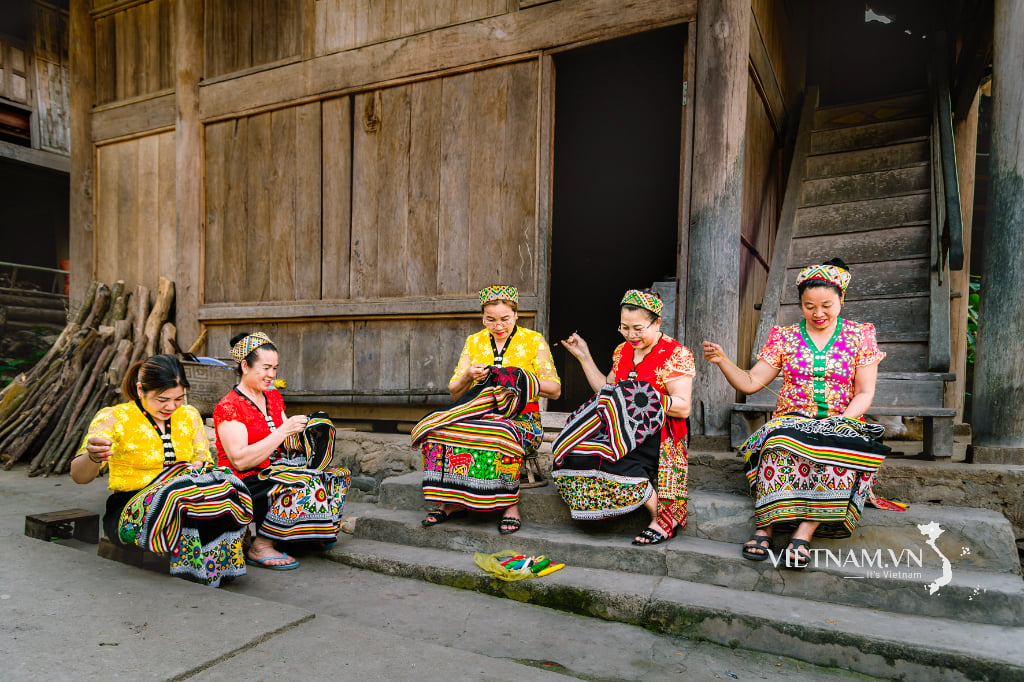


Comment (0)